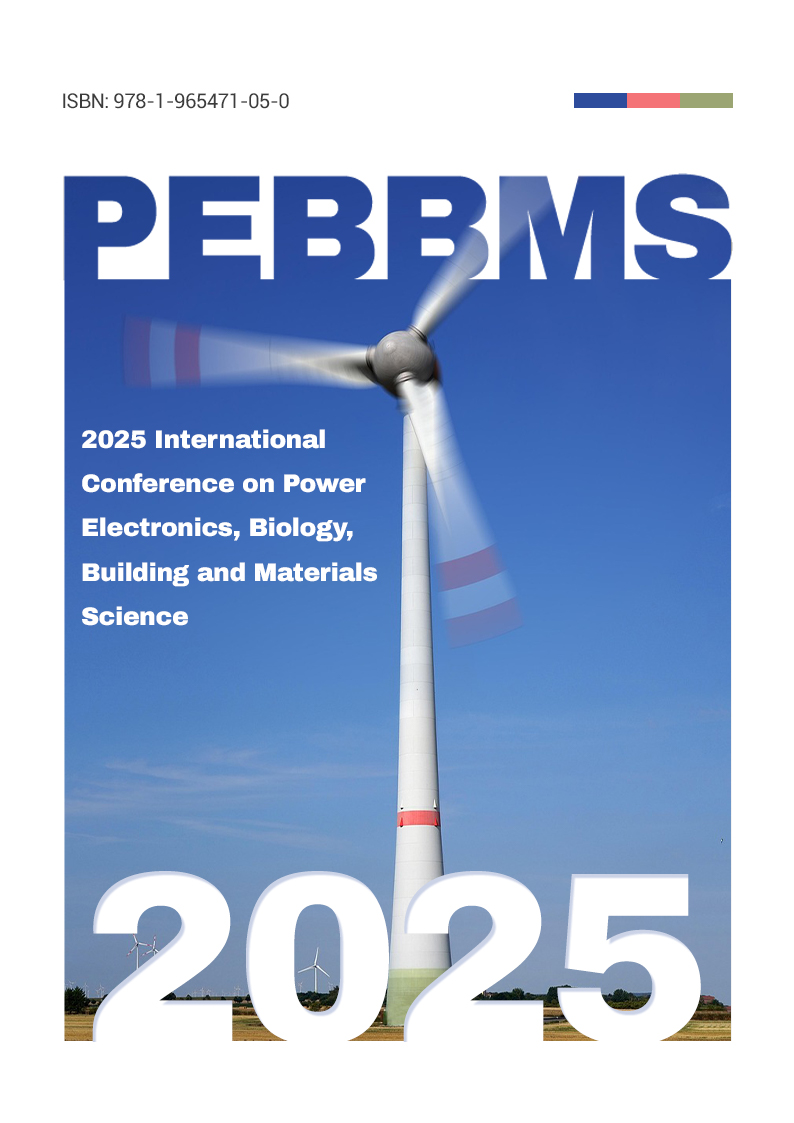Performance Analysis and Multi-objective Optimization of an Adiabatic CAES System Coupled with Heat Storage Unit

Authors:
Yongkang Fan, Yue Cao, Youna Wang, Fengqi Si
Keywords:
Compressed air energy storage; Performance analysis; Cascaded thermal energy storage; Multi-objective optimization
Doi:
10.70114/acmsr.2025.3.1.P277
Abstract
Integrating renewable energy into the grid is essential for combating the greenhouse effect. This paper introduces a high-temperature adiabatic compressed air energy storage system integrated with cascaded thermal energy storage using molten salt and pressurized water to enhance efficiency. The study includes thermodynamic modeling and simulations for the system components. Further, the impacts of key parameters on critical system evaluation criteria are analyzed. Finally, using round-trip efficiency and energy storage density as optimization goals, a particle swarm optimization algorithm was employed for multi-objective optimization. The optimized system achieved a round-trip efficiency of 70.14% and an energy storage density of 3.52 kWh/m3 , resulting in an optimal operational strategy that balances system performance with energy storage capacity


